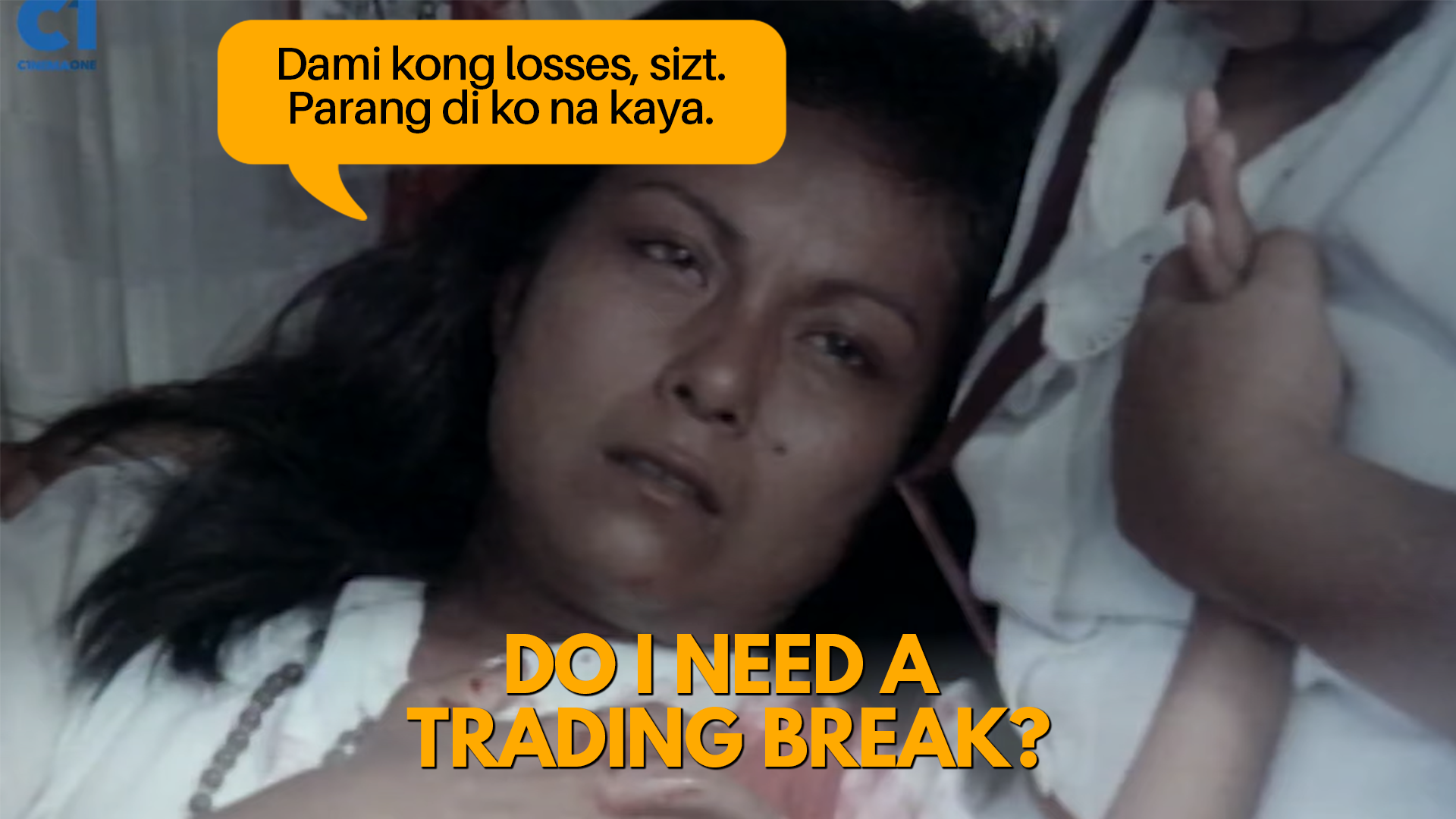When we want to do things for a prolonged period of time, it is necessary that we take the appropriate amount of breaks at the appropriate times. But how exactly would a trader determine when to take a break when the markets trade for 5 days a week? Before we move on to the “when”, let us first discuss the “why”.
For starters, taking trading breaks is necessary for the long term sustainability of your trading. Let’s say that you are on a losing streak and you are trying to decide whether to take a break or not. On the one hand, taking a break for one week will let you evaluate your system.
On the other hand, continuing to trade despite your losing streak might be what you need in order to end the streak. Although continuing to trade might sound like a compelling option, there is a possibility that you’ll end up with more losses thereby by lowering your spirits which eventually leads to the end of your trading journey.
Journaling
Now that we have established the importance of taking breaks, let us discuss exactly when you should take breaks. It is worth noting that these tips are only possible through journaling or the act of recording your trades. You can use anything from Investajournal to simply using a notebook to record your trades as long as the journal contains your entry and exit prices as well as your entry and exit reasons. Now that we have our journal, we must discuss two important metrics: VAR (Value at Risk) and Exit Notes.
Value at Risk
Value at Risk (VAR) is actually a statistical measure used by financial institutions in order to determine the risk involved in a certain portfolio. However, in the context of retail trading, VAR pertains to the amount that you are risking relative to the size of our portfolio. So lets say that you have PHP 100,000 in your portfolio, 1 VAR is equal to PHP 1000. This means that if a trade involves the risk of losing PHP 1000, then you are risking 1 VAR.
So how can we use VAR to determine when to take a break? Well, it can be as easy as taking a break when you are down 10 VAR. This means that if your initial capital of PHP 100,000 has turned to PHP 90,000. This is the perfect time to take a break because it shows us that there is something wrong with our system. Losing 10% of your portfolio is not something that you should take lightly. This requires an evaluation of your system that usually entails virtual trading and continuous learning.
Another metric that you can use is if you lose 5 VAR in consecutive trades. So if your capital is PHP 100,000 and you raise it to PHP 120,000 but lost PHP 5000 in consecutive trades (net PHP 115,000), then maybe there’s something happening to the market that requires you to adjust your system. In summary, you can either take a break when you’re down a certain number of VAR from your capital (regardless of win/loss ratio) or you can take a break when you lose a certain number of VAR to consecutive trades.

Exit Notes
Aside from the amount that we gain/lose, we also have to look at WHY we lost/gained money. Basically, if you are losing for the same reasons (e.g. failed breakout, whipsaw) then maybe you need to adjust your system in relation to that.
An example is adding Average True Range (ATR) to your system to avoid further whipsaws. It’s easy to say that you don’t need to take a break to adjust your system but in reality, you cannot be objective with your trading setup if you have open positions.
Conclusion
It does not matter if you are a beginner or an experienced trader, everyone goes through losing streaks. In the end, we have to remember that bouncing back from losing builds character which is the primary tool that we need in order to find success. However, you do not need (nor should you) bounce back right away. Oftentimes, a break is necessary in order in order to avoid making the same mistakes that brought us to our downfall in the first place.
